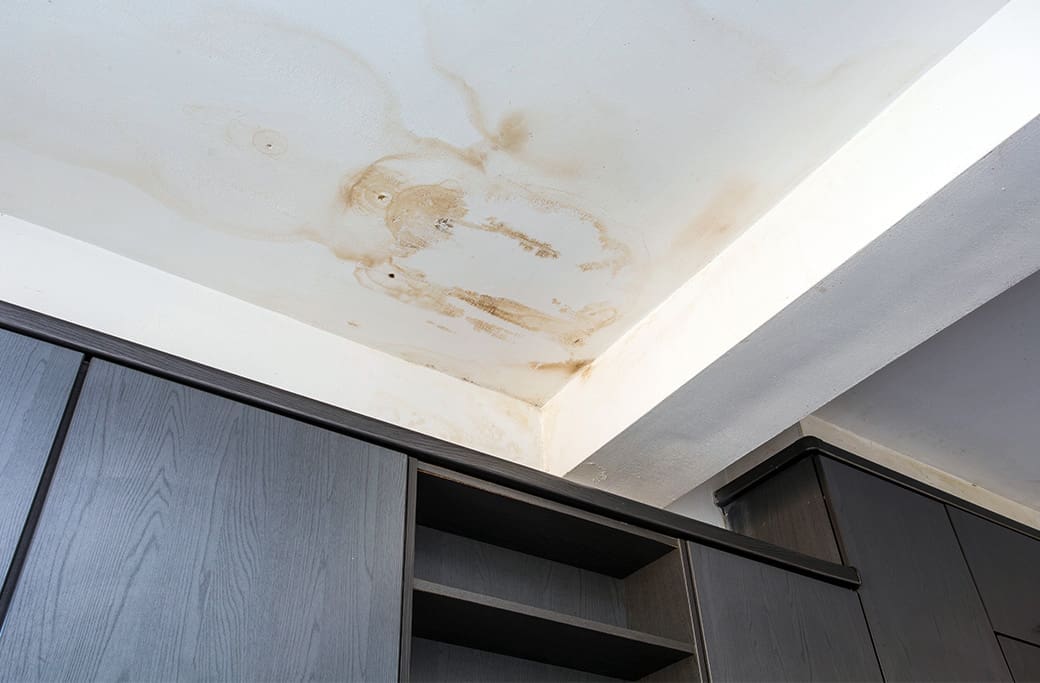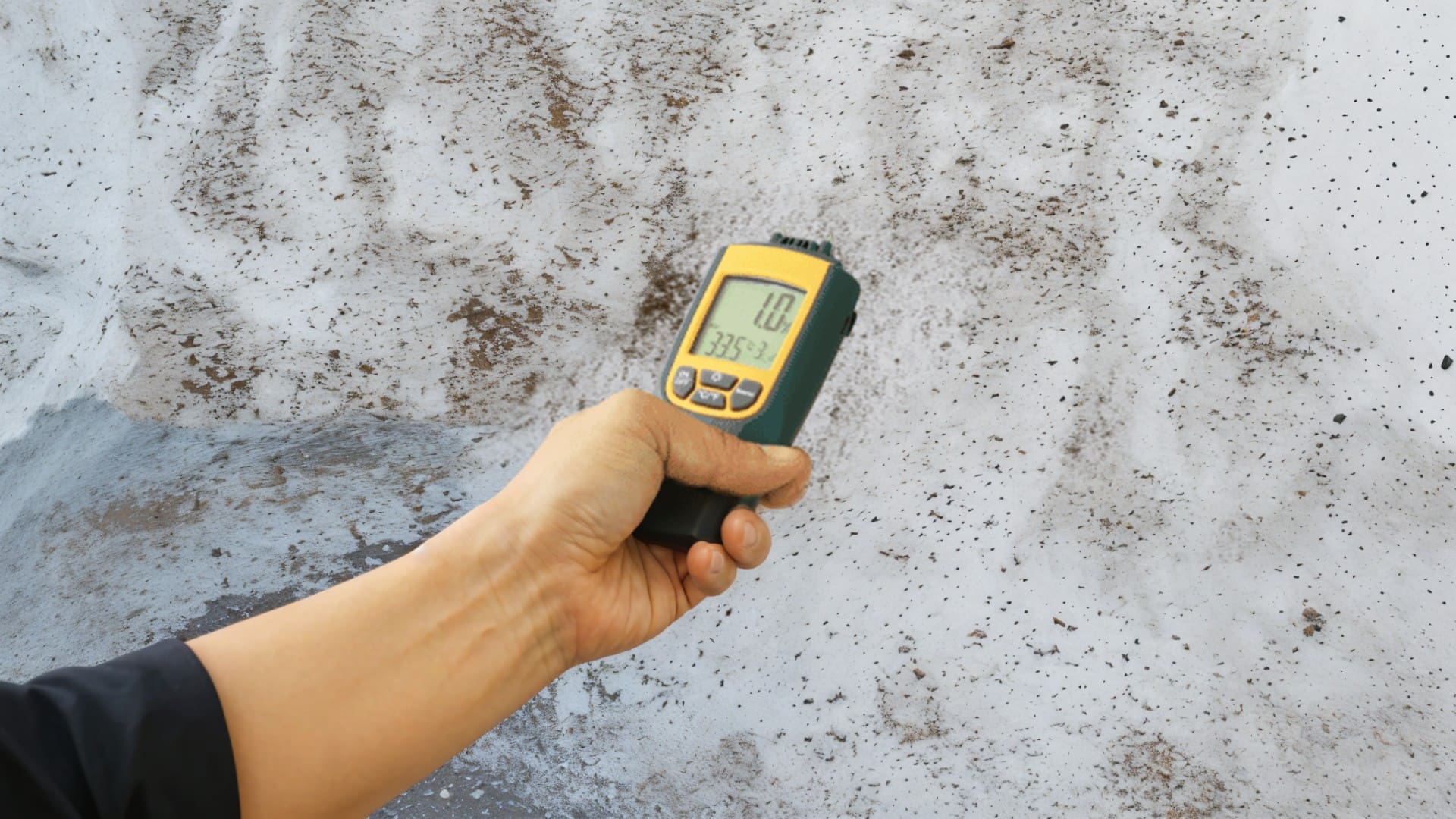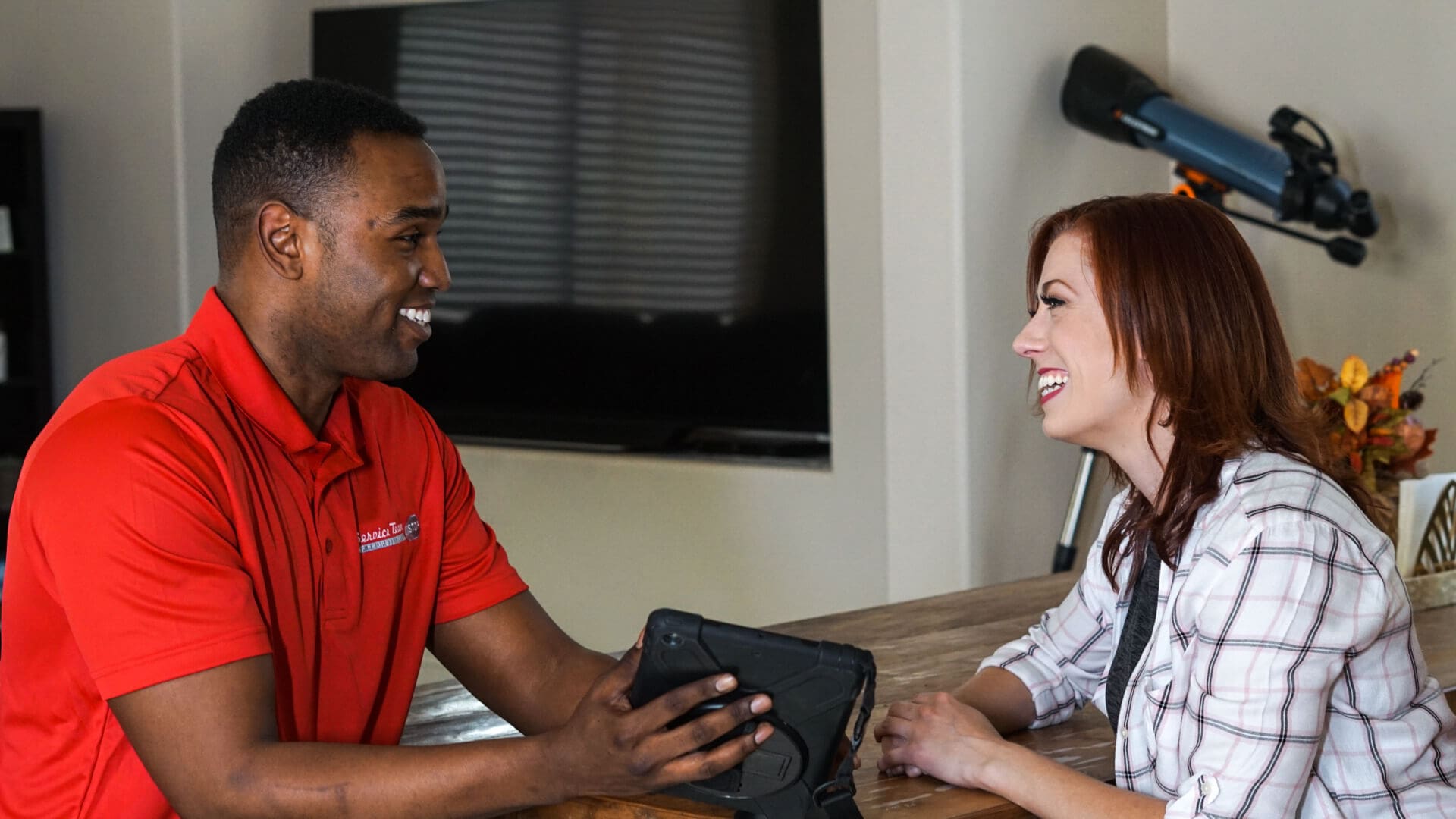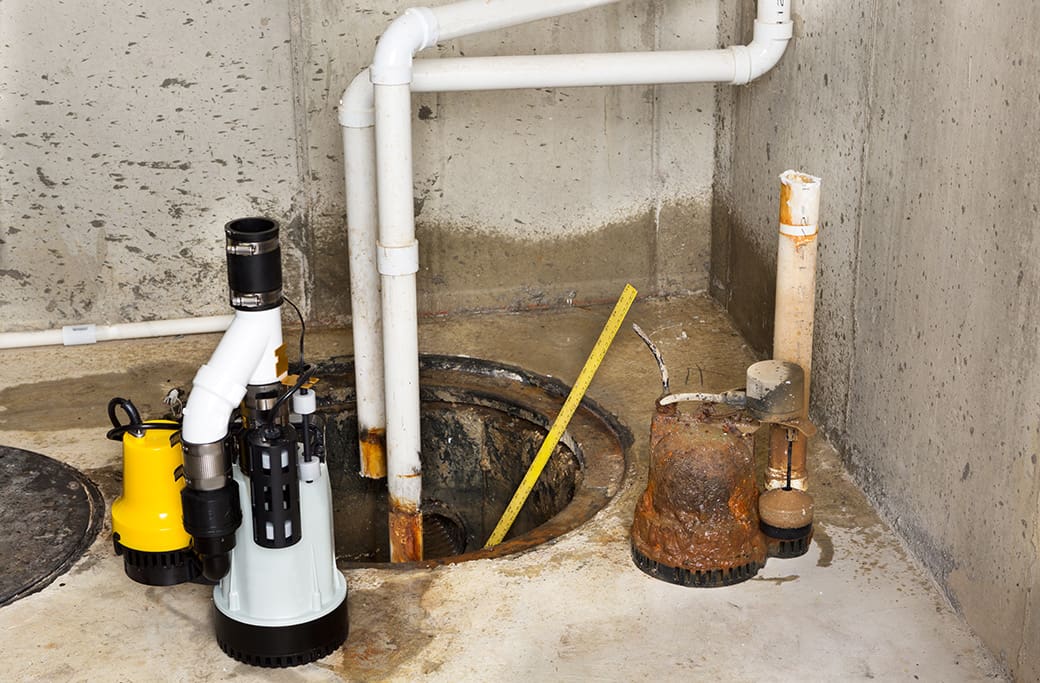
Your basement is more than just extra storage—the space could hold cherished memories, important belongings, or even act as valuable living space. But nothing can turn a basement into a disaster zone faster than unexpected flooding. That’s where your sump pump comes in. Acting as your first line of defense, this humble device prevents costly water damage and mold buildup by keeping your basement dry.
Maintaining your sump pump is essential to avoiding these disasters. Regular care keeps it running efficiently and reduces the risk of breakdown when you need it most.
Understanding Your Sump Pump: Types and Basic Functions
Before you roll up your sleeves to care for your sump pump, it’s helpful to know the basics. A sump pump is installed in the lowest point of your basement or crawlspace, where water is collected in a sump pit. When the water level rises too high, the pump activates, removing water from the area to prevent flooding.
Types of Sump Pumps
There are two common types of sump pumps, each with unique features:
-
- Submersible Pumps: Installed inside the sump pit, these pumps sit underwater when active. They are ideal for homes with high water tables and are known for their durability and quieter operation.
- Pedestal Pumps: These pumps have a motor mounted above the sump pit, making them easier to maintain. While less durable than submersible models, they are budget-friendly and suitable for households with lower water accumulation.
No matter which type you have, regular sump pump maintenance is essential to ensure it performs effectively when you need it the most.
Step-by-Step Guide to Sump Pump Maintenance
Sump pump maintenance doesn’t have to be overwhelming. A few easy steps can ensure your system stays in top condition, protecting your basement from potential flooding.
Step 1: Test Your Pump Regularly
To confirm that your sump pump is working, pour a bucket of water into the pit. The pump should start automatically and drain the water efficiently.
Step 2: Clean the Pump and Pit
Debris can build up in the sump pit over time, clogging the pump and reducing its efficiency. Remove the pump (if it’s a submersible unit) and clean off any silt or dirt. For pedestal pumps, clean the surrounding pit area.
Step 3: Inspect the Float and Check Valve
Ensure the float moves freely without obstructions, as any interference could prevent your pump from activating. Also, inspect the check valve to confirm water flows in the correct direction and doesn’t drain back into the pit.
Step 4: Examine the Discharge Line
Your pump’s discharge line carries water away from your property. Check that it isn’t blocked by debris or frozen in colder months. Ensure it directs water far enough from your foundation to prevent recycling moisture back into your basement.
Step 5: Back Up Your System
Power outages often accompany heavy storms—the exact times you’ll need your sump pump the most. Install a battery backup system or a water-powered backup pump to keep your system operational even during power cuts.
Step 6: Schedule an Annual Professional Inspection
While most steps can be done yourself, a professional inspection ensures every aspect of your system is functioning optimally.
Common Sump Pump Problems and How to Troubleshoot Them
Over time, every sump pump encounters issues. Here are some common problems and quick fixes to keep your system running smoothly:
-
- Pump Won’t Turn On
-
-
- Solution: Check for power disruptions or blown fuses. If the pump still won’t turn on, contact a professional to examine the motor.
-
-
- Pump Runs Non-Stop
-
-
- Solution: This is often caused by a stuck float switch. Clear any debris from the sump pit or adjust the float.
-
-
- Strange Noises While Running
-
-
- Solution: Listen for grinding or rattling sounds, which may indicate worn-out mechanical parts. Lubricate or replace parts as needed.
-
-
- Slow Pumping or No Water Being Drained
-
-
- Solution: Clean the pump’s intake valve or the discharge pipe to remove any blockages.
-
If basic troubleshooting doesn’t resolve the issue, it’s time to call in the experts.
Tips for Preventing Basement Flooding
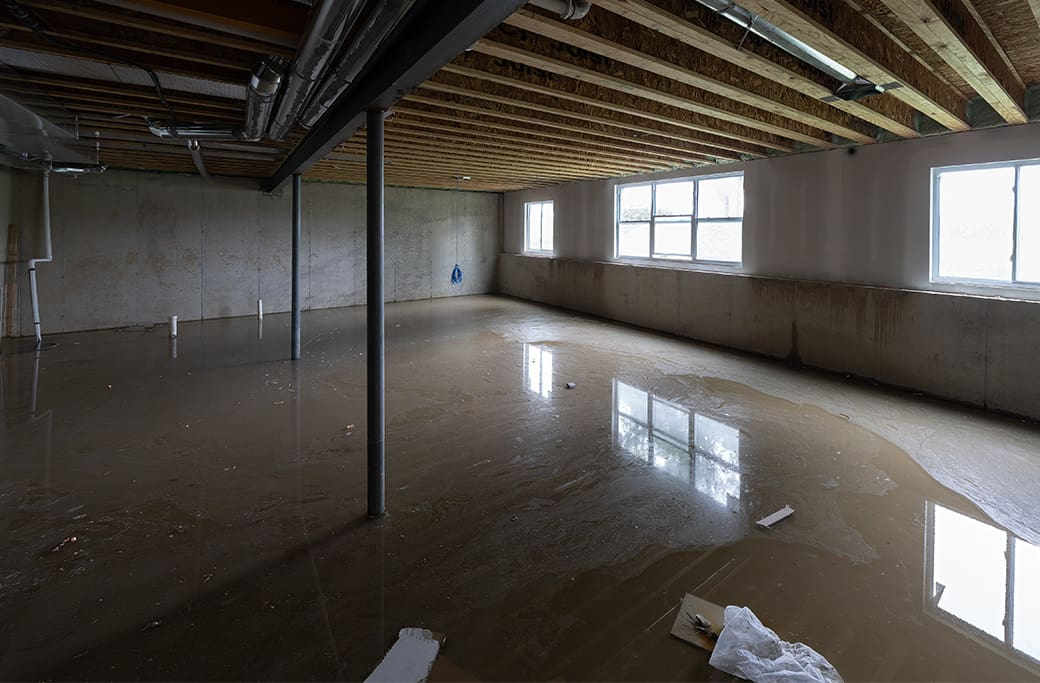
While sump pump maintenance is key, there are other proactive measures you can take to avoid basement flooding:
-
- Ensure Proper Landscaping: Grade the land surrounding your home so water flows away from your foundation.
- Maintain Your Gutters: Clean your gutters regularly and ensure downspouts direct water several feet from your house.
- Seal Cracks: Inspect basement walls and floors for cracks, sealing them with waterproof epoxy to block water intrusion.
- Monitor Humidity Levels: Use a dehumidifier to reduce moisture and prevent condensation buildup in your basement.
When to Call a Professional: Knowing Your Limits
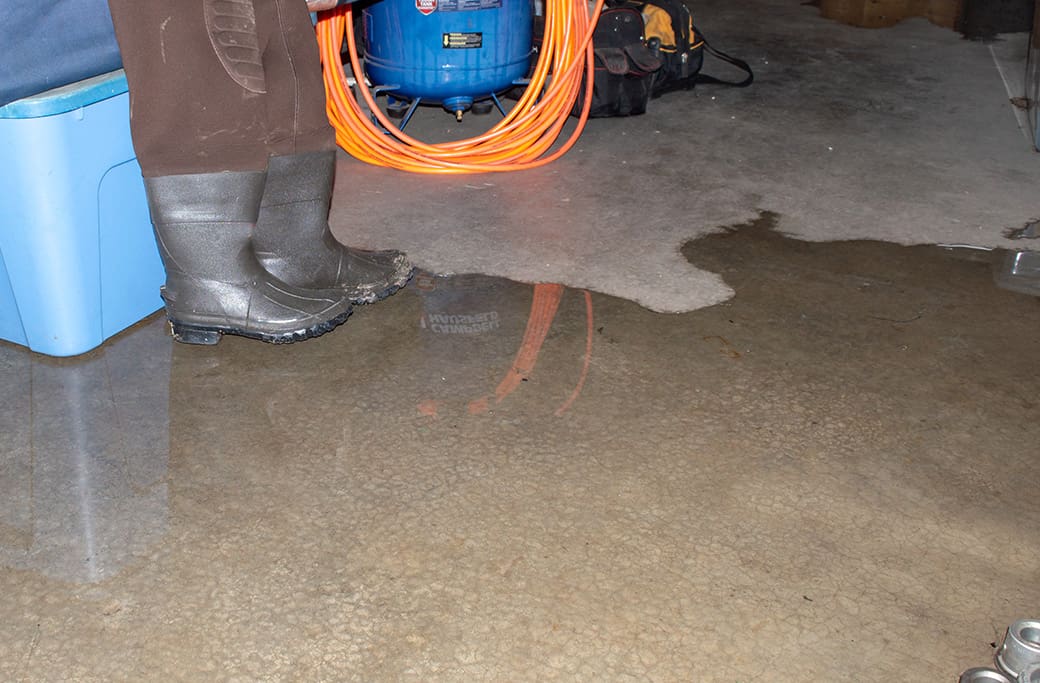
Some sump pump issues are best left to professionals. If your pump shows severe signs of wear, or if your basement has already experienced water damage, reaching out to us at STOP Restoration can save you from more extensive problems down the road.
Why Choose STOP Restoration?
With years of experience, STOP Restoration provides reliable and comprehensive restoration services. Our knowledgeable technicians specialize in basement flooding and mold inspection, ensuring your home stays safe and healthy.
Here’s how we can help you:
-
- Quick Response Times: We’re there when you need us the most, 24/7, minimizing damage to your home.
- Expert Inspections: We identify water damage and potential mold issues before they escalate.
- Free Consultations: Contact us today for a free mold inspection and personalized restoration plan.
Avoid Basement Flooding with Sump Pump Maintenance
A properly maintained sump pump is an essential ally in keeping your basement dry and damage-free. Keeping up with regular maintenance and resolving common issues early can save time, money, and stress in the long term.
But sometimes, you need a helping hand. Partnering with trusted professionals like STOP Restoration means you never have to face flooding problems alone. Contact us today to schedule a free inspection and ensure your home is protected all year round.

